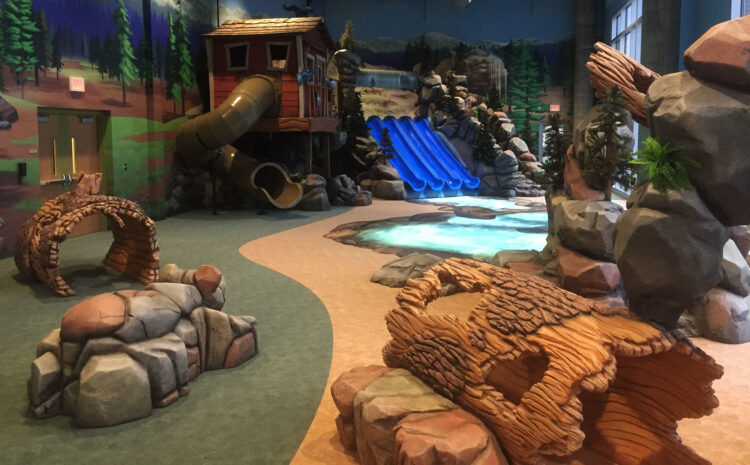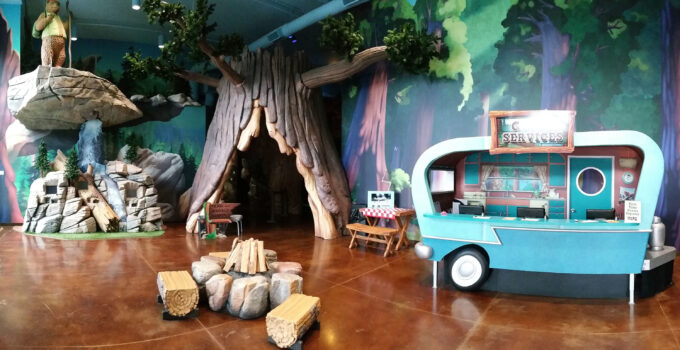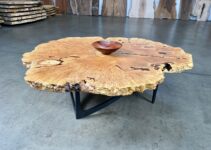Themed environments have the power to transport us to extraordinary worlds, whether it’s an immersive fantasy realm, a historical era, or a futuristic landscape. Behind these captivating experiences lies a meticulous design process that blends creativity, research, and technical expertise. In this blog post, we will delve into the journey from concept to reality, uncovering the fascinating steps involved in bringing themed environments to life.
Page Contents
Understanding the Vision: Exploring the Creative Idea Behind Themed Environments

Source: wackyworldstudios.com
Every themed environment starts with a vision—an imaginative concept that serves as the foundation for the design process. This initial stage involves a deep understanding of the client’s goals and desired experience. Designers collaborate closely with clients to explore their vision, diving into discussions about the theme, atmosphere, target audience, and objectives. By aligning on these crucial aspects, a shared understanding of the project is established, guiding the design journey ahead.
Research and Inspiration: Gathering Ideas and Influences for Design
Once the creative vision is established, designers embark on a journey of research and inspiration. They explore various sources, such as books, movies, art, and real-world locations, to gather ideas and influences that will shape the themed environment. This research phase enables designers to gain insights into architectural styles, cultural references, color palettes, and storytelling techniques. By immersing themselves in relevant material, designers can infuse authenticity and richness into the design.
Sketching and Rendering: Bringing the Concept to Life on Paper

source:pexels.com
With a wealth of research and inspiration at their fingertips, designers move on to the exciting stage of sketching and rendering. Using traditional or digital tools, they translate their ideas onto paper, creating detailed concept sketches and renderings. These visual representations capture the spatial arrangement, architectural elements, thematic details, and overall aesthetics of the themed environment. Through this process, designers refine and iterate on their ideas, ensuring a coherent and visually appealing design.
Construction and Implementation: Transforming the Design into a Tangible Experience
Once the concept is approved, the design transitions from the realm of sketches to the tangible world of construction. Architects, engineers, and craftsmen collaborate closely to bring the design to life. Structural elements are built, intricate details are crafted, and advanced technologies are integrated to create a multi-sensory experience. Lighting, sound, special effects, and interactive elements are meticulously orchestrated, enhancing the immersive nature of the themed environment.
The construction phase also involves rigorous testing and iteration. Designers and engineers work together to ensure that the design functions seamlessly and meets safety standards. Attention is given to accessibility, crowd flow, and guest experience, with the aim of creating a space that can accommodate and engage visitors of all ages and abilities.
Conclusion
From the spark of an idea to the grand opening, the process of designing themed environments is an intricate dance between imagination, research, and craftsmanship. It requires a unique blend of artistic flair, technical expertise, and an unwavering commitment to storytelling. The result is a transformative experience that allows visitors to step into a different world and create cherished memories that will last a lifetime. So, next time you find yourself captivated by the magic of a themed environment, take a moment to appreciate the meticulous process that brought it to reality.




